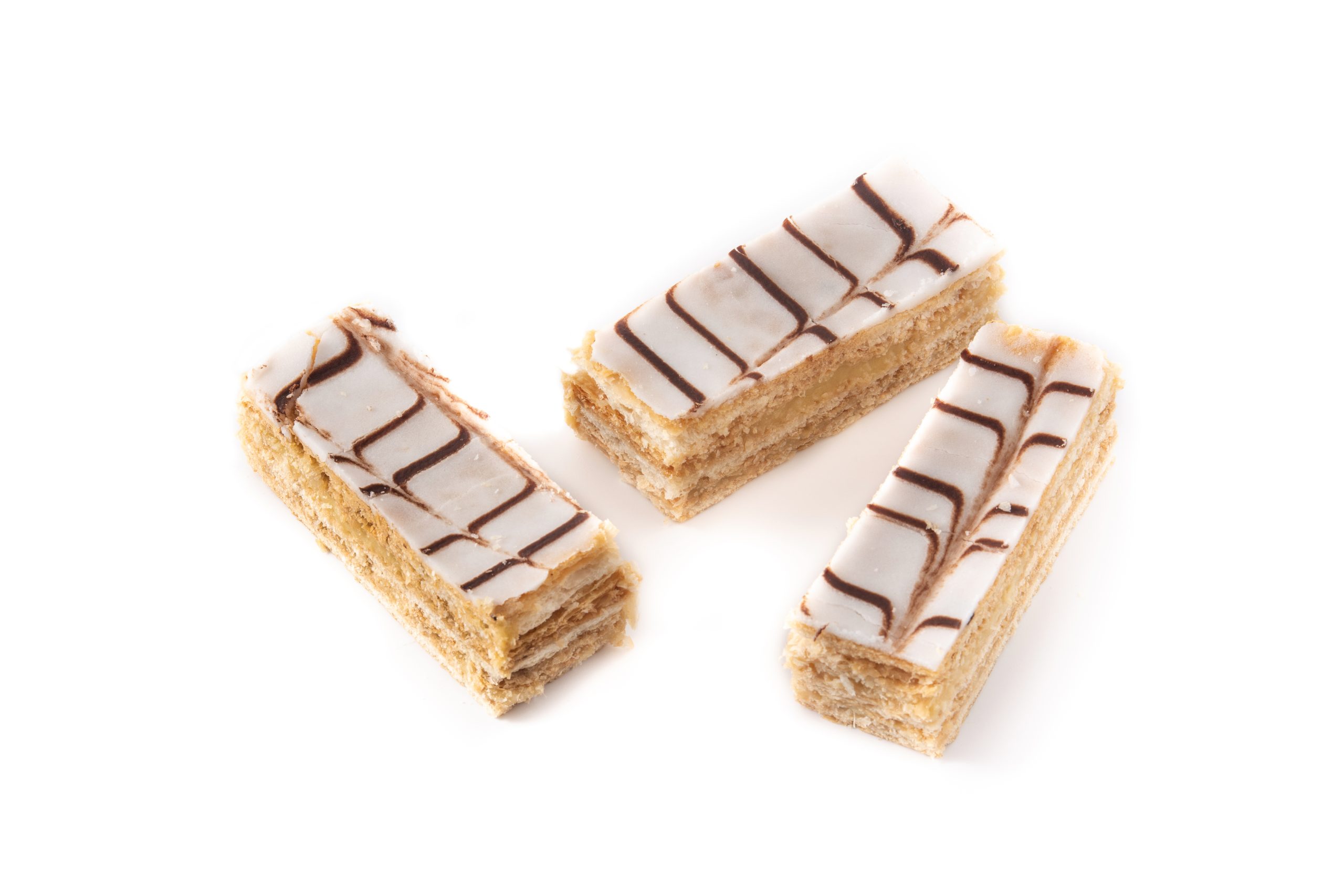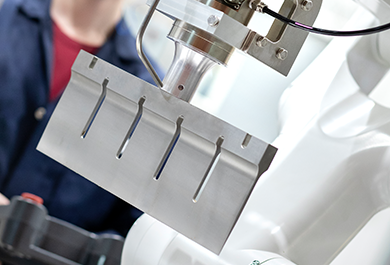Certain controllable factors influence the performance of efficient ultrasonic cutting in processing some foods such as cakes, bars, sandwiches and cheeses. What are they?
A number of factors have an impact on the performance of ultrasonic cutting of certain foods. These factors can, in some cases, be related to the blade as well as the ultrasonic system. They may also be directly connected to processes and production. The type of food and the conditions in which it is cut can also affect this step of production. What’s more, some technical elements in terms of maintenance and calibration may factor in the execution and performance of the cutting process.
OVERVIEW OF THESE FACTORS
Here are the controllable factors influencing the performance of efficient ultrasonic cutting, especially for foods such as cakes, bars, sandwiches and cheeses:
BLADE AND ULTRASONIC SYSTEM
Firstly, factors related to the blade and the ultrasonic system may have an effect on the fineness of the vibration. For instance, a 20kHz frequency generates more power and brings the fineness of the vibration, whereas a 40kHz frequency will bring more precision. On the other hand, the amplitude of the vibration, which is often adjustable between 70% to 100%, determines the strength of the movement. If the vibration is too weak this will result in a poor cut, while if it is too strong, there may be overheating and premature wear of the blade.
Other factors to be considered:
The type and geometry of the blade, meaning its length, denture, smooth or textured surface, and width influence the cut, as well as special blades for sticky or multilayer products. The material of the blade, such as titanium which is light, rigid and resistant to corrosion is the standard. To be considered, the temperature of the blade is also a factor, because it must remain stable. Also, overheating is a sign of excessive friction due to a lack of vibration or inadequate speed.

FOOD PRODUCT
Many factors related to the food product may influence the cut, including the temperature of the product. If it is too hot, it can be too soft and sticky, whereas if it is too cold, it may lead to cracking or bursting. As well, the texture and composition of products like mousses, fruit, nuts, chocolate and creams will react to cutting differently because of their texture. In addition, the dimensions such as a uniform height and the stability of the product through proper positioning and stable fastening on the conveyor or table, are to be considered.
PROCESSES AND PRODUCTION
Processes and production are factors that must also be considered. Cutting speed (cycle time), if too fast, may cause an incomplete or deformed cut, or if too slow, this will bring yield loss. The depth of the cut and vertical positioning are also factors that influence the outcome as the blade must entirely cut through the product without hitting the plate.
For optimal results, synchronization of the conveyor movements or the robot will ensure the product doesn’t move or is perfectly synchronized during cutting. Automatic cleaning or by ultrasonics in water, offers the advantage of maintaining a consistent performance and avoiding an accumulation of residues. Furthermore, lubrification of the surface may sometimes be necessary with particularly sticky products (optional).
MAINTENANCE AND CALIBRATION
Factors such as the mechanical alignment of the blade, which must be perfectly calibrated to avoid that its angle or torsion result in an uneven cut, are also variables. Additionally, the condition of the ultrasonic components such as the generator, transducer, and the booster, is essential to proper functioning, and must be calibrated and maintained. Finally, the stability of the support must be ensured, as the structure must be rigid to avoid parasitic vibrations.
Maintaining your equipment in top condition pays off!
Are you looking to optimize your food cutting operations? Don’t hesitate to contact us to discuss your needs!

